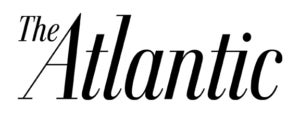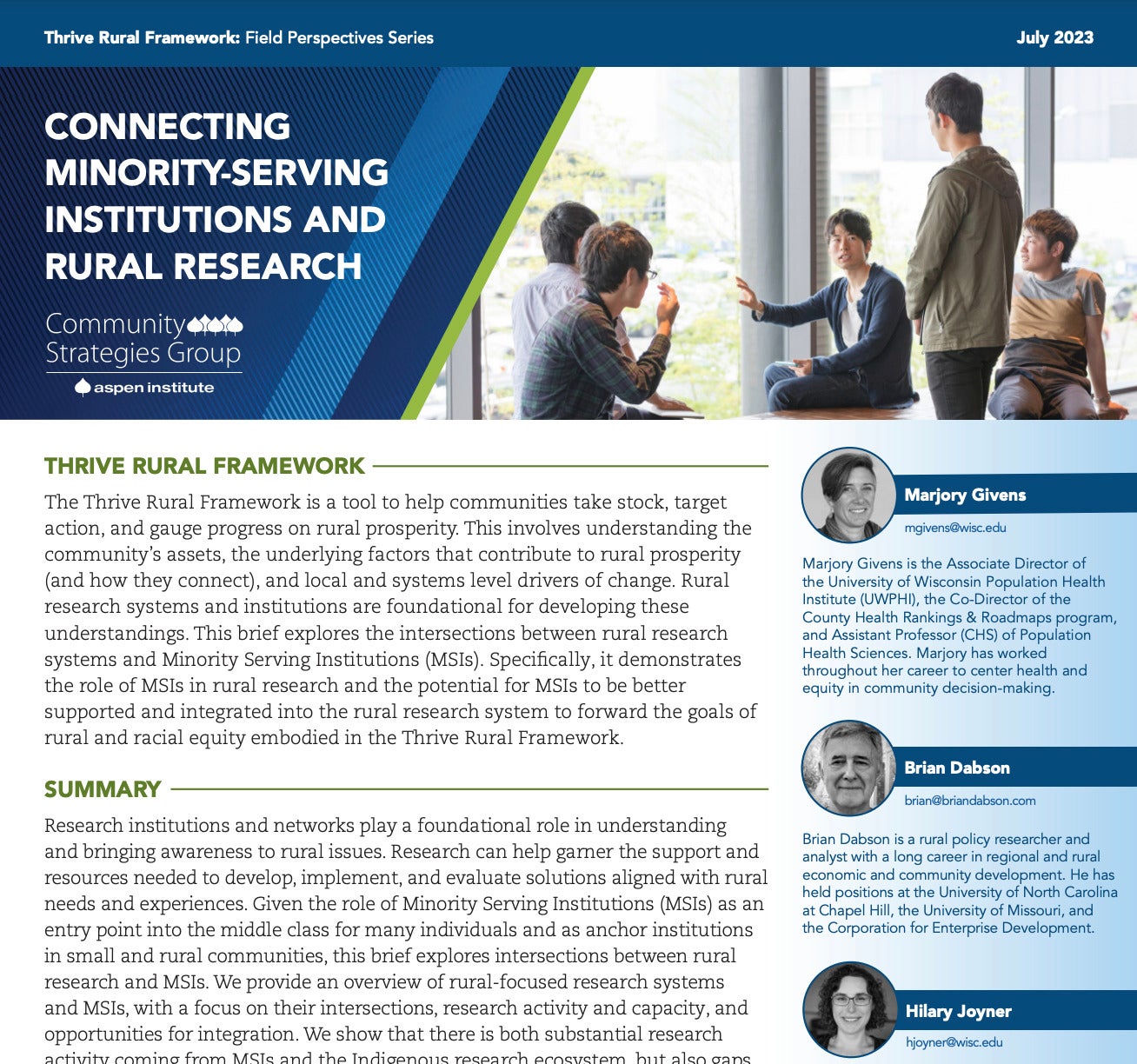Many of the United States’ most venerable and prized higher-education institutions owe their rise, in part, to a shameful past. Their histories are marked by elitism and racism—the vestiges of which are manifest today. In fact, as the student protests and campus clashes over the last year or so have demonstrated, those remnants are more like reverberations.
While black enrollment at colleges and universities has increased dramatically in the last two decades, the share of students at top-tier institutions who are African American has actually dropped. Fewer than 4 percent of students at the most competitive colleges in the United States come from the nation’s lowest socioeconomic quartile. Statues, seals, and buildings continue to honor people who embraced slavery and sought to keep these kinds of students out.
But many of those institutions—thanks to a combination of factors including student and community pressure, investment from historians, and plain-old goodwill—are taking steps to make amends for their wrongdoing. At the College of William and Mary, for example, the Lemon Project has for a number of years hosted annual symposiums to convene scholars and community members to not just apologize for but also to conduct research into and memorialize the history of slavery at the institution. More recently, Georgetown University announced it would give admissions preference to the descendants of the 272 slaves whose sale the university profited from in the early 1800s.
“We had a tragic moment in the early years of our history that we’ve been trying to come to terms with,” said John DeGioia, Georgetown’s president, in a conversation with Ta-Nehisi Coates on Thursday at the Washington Ideas Forum, presented by The Atlantic and the Aspen Institute. The slaves, including women and children, were sold for about $115,000—according to DeGioia, that’s roughly $3.3 million in today’s dollars. 
But the finances aren’t so relevant when it comes to the deeper, intangible obligations a university has today to the people whose ancestors it once marginalized and exploited—to the legacy those ancestors left. That’s particularly true for a university like Harvard, where the influence of slavery is less explicit but no less entrenched, said the school’s president, Drew Faust, who was also featured in the discussion with Coates. Harvard is currently engaged in a number of initiatives to at least start a process of reconciliation, including a faculty committee that will spearhead research into the impact of slavery on the Ivy League institution. Faust also unveiled a plaque earlier this year to honor four slaves who worked at the school in the 1700s.
In many ways, though, even the boldest of efforts has its limits; Georgetown, for example, can’t guarantee those descendants the financial security they might need to access a degree there. Meanwhile, many of the elite institutions that have come under scrutiny for their racist pasts have decided to retain the remnants of those pasts. Princeton University, for instance, has largely preserved Woodrow Wilson’s name on programs and buildings.
By Coates’ reckoning, the theme of the conversation was, ultimately, responsibility: universities’ responsibility to the populations they abused, to the communities in which they operate, to the peer institutions they influence. And perhaps the best way for them to act on those responsibilities, at least in this moment, isn’t simply through renaming a building or otherwise trying to make amends, but also through fully, genuinely, and deliberately fulfilling what is arguably the fundamental mission of higher learning: “forming young people,” Faust said, “within [our] sets of commitments to justice, to truth—values that matter to us as a society. … We don’t just want to train them like automatons, we want to educate them within the larger context of whatever [they’re pursuing].” This involves recognizing that, as James Baldwin once said, “the great force of history comes from the fact that we carry it within us, are unconsciously controlled by it in many ways, and history is literally present in all that we do.”
For Faust, who referenced that quote during the conversation, Baldwin’s lesson is an “essential part of understanding where we came from and how we build a future that creates students, faculty, human beings, citizens who have this self-consciousness about the possibilities of evil and injustice—that we can learn through seeing how our ancestors made choices of the kind they did.”
This piece originally appeared at The Atlantic.

